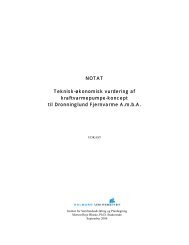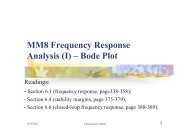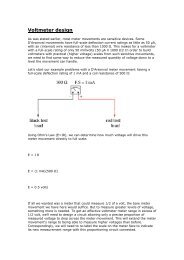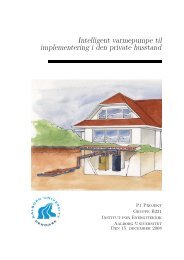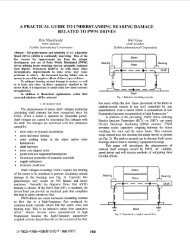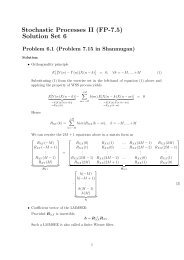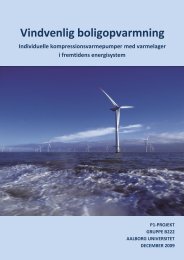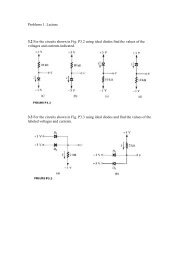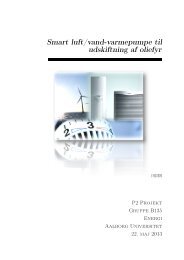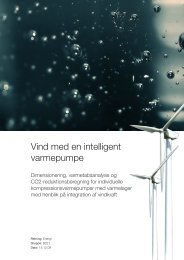Chapter 13 Gas Turbine Power Plants
Chapter 13 Gas Turbine Power Plants
Chapter 13 Gas Turbine Power Plants
Create successful ePaper yourself
Turn your PDF publications into a flip-book with our unique Google optimized e-Paper software.
applying (2.34) and (2.35) to the right hand side of (<strong>13</strong>.2), we<br />
obtain<br />
W c =c p (T ol -T 02 ) (<strong>13</strong>.3)<br />
where T 0] and T 02 are the total temperatures at stations 1 and 2,<br />
respectively. Total temperature T 0 refers to the temperature<br />
achieved when the flow is decelerated adiabatically to a negligible<br />
velocity; it corresponds to the total enthalpy h 0 defined by<br />
(12.16).<br />
Using the same method employed to derive (<strong>13</strong>.3), when the<br />
steady flow energy equation is applied to the turbine, we find that<br />
w t = Cp (T m -T M ) (<strong>13</strong>.4)<br />
For the steady-flow energy balance on a control volume that<br />
encloses the combustor, in which the combustion process is supplanted<br />
by an equivalent heat transfer process between an external<br />
energy source and the flowing air, the equivalent heat transfer<br />
Q A is given by<br />
QA=c f (T m -T n ) (<strong>13</strong>.5)<br />
Finally, substitution of (<strong>13</strong>.3), (<strong>13</strong>.4), and (<strong>13</strong>.5) into (<strong>13</strong>.1)<br />
yields an expression for the thermal efficiency of the ideal Brayton<br />
cycle in terms of the absolute temperatures of the four end<br />
states, i.e.,<br />
=<br />
i<br />
T -T<br />
•'OS -*02<br />
In lieu of the temperatures, or temperature ratios, found in<br />
(<strong>13</strong>.6), it is possible to substitute pressure ratios using



